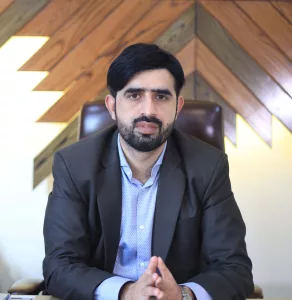After months of destruction and displacement, thousands of Palestinians have begun returning to their homes in Gaza, following a ceasefire agreement between Israel and Hamas.
Once filled with rubble and chaos, Gaza’s streets now show scenes of families carrying their belongings, returning with hope for peace but haunted by deep loss.
The ceasefire, which took effect at noon local time (09:00 GMT) on Friday, temporarily halted Israel’s military operations. Under the agreement, Israeli forces began repositioning along newly defined boundaries.
According to US Special Representative for the Middle East, Steve Witkoff, Israel has completed the first phase of its withdrawal, while a 72-hour window has started for the release of hostages as part of the deal.
Gaza’s hospitals report rising casualties
Gaza’s Wafa news agency reported that the bodies of at least 155 Palestinians were recovered on Friday, most of them from under collapsed buildings as rescue teams reached previously inaccessible areas.
Hospitals across the region confirmed the arrival of victims:
- 43 bodies at al-Shifa Hospital
- 60 at al-Ahli Arab Baptist Hospital
- 4 at al-Awda Hospital, Nuseirat
- 16 at al-Aqsa Martyrs Hospital, Deir el-Balah
- 32 at Nasser Hospital, Khan Younis
Medical officials also confirmed that at least 19 Palestinians were killed in airstrikes on Friday, including 16 members of the Ghaboun family in Gaza City. It remains unclear whether those attacks occurred before or after the ceasefire came into effect.
‘We return with wounds and sorrow’
For many displaced families, returning home has been a painful mix of relief and grief.
In Khan Younis, 32-year-old Ameer Abu Iyadeh said, “We are grateful to return, but we carry our wounds and sorrow with us.”
Mohammed Mortaja, 39, from Gaza City, shared, “I just hope our home is still standing. More than anything, we want this war to end forever.”
Areej Abu Saadaeh, 53, who lost both her children during the conflict, added, “I’m happy about the truce and returning home, even though my heart aches. Peace still brings a kind of joy.”
Palestinian factions and international response
In a joint statement, Hamas, Islamic Jihad, and the Popular Front emphasized that Gaza’s governance remains an internal Palestinian matter, rejecting any form of external control.
Meanwhile, Arab and international leaders welcomed the ceasefire and pledged to support Gaza’s reconstruction and humanitarian aid efforts. Several regional organizations have already begun coordinating relief and rebuilding initiatives.










